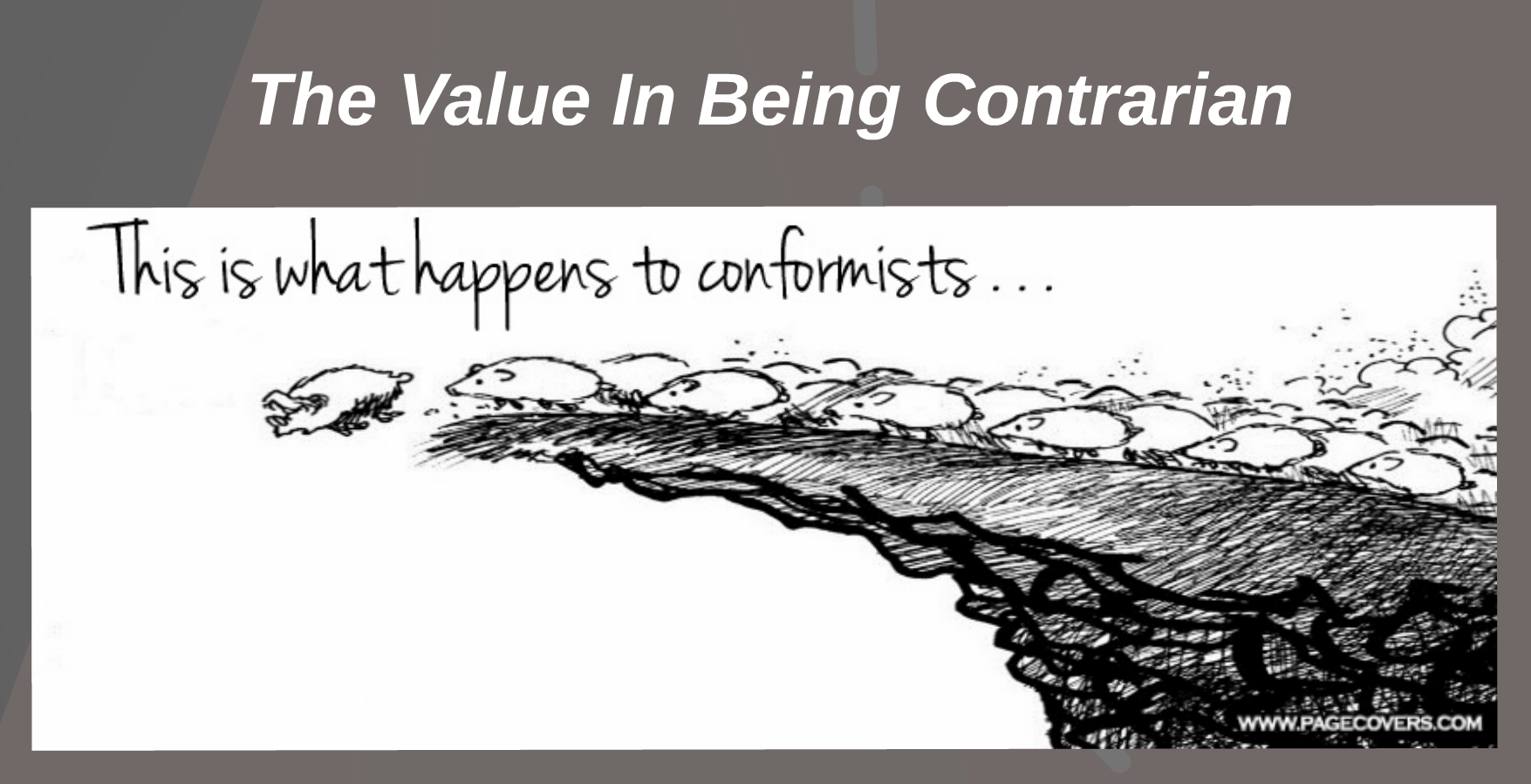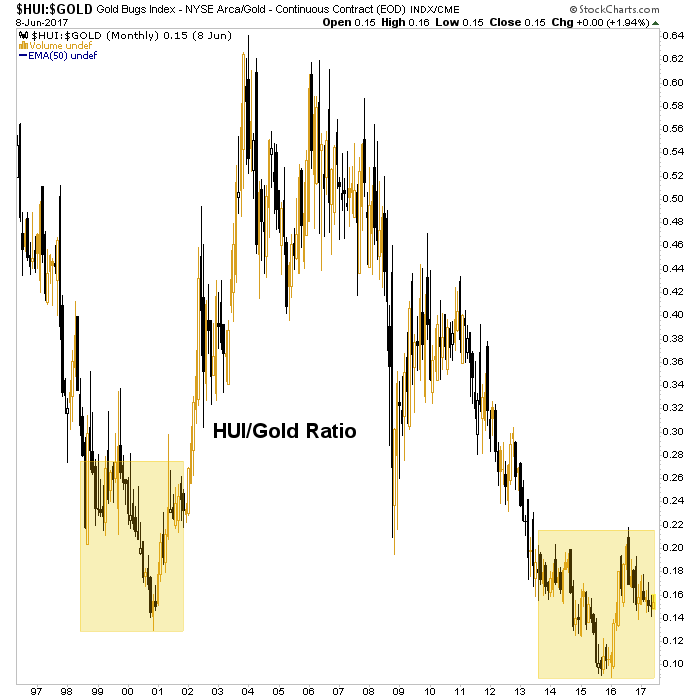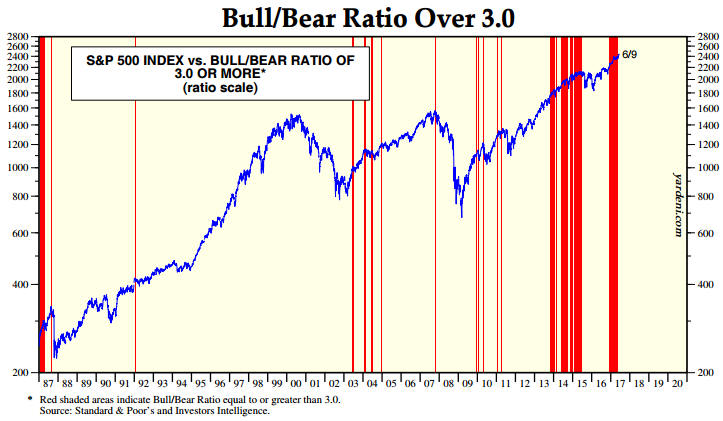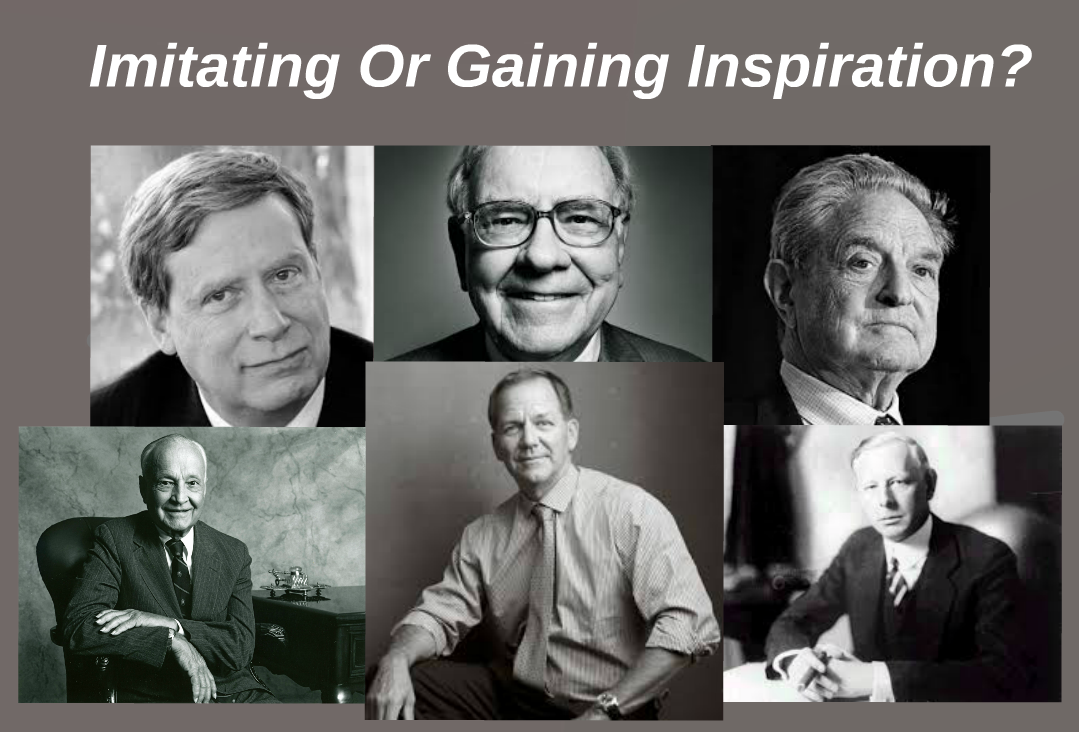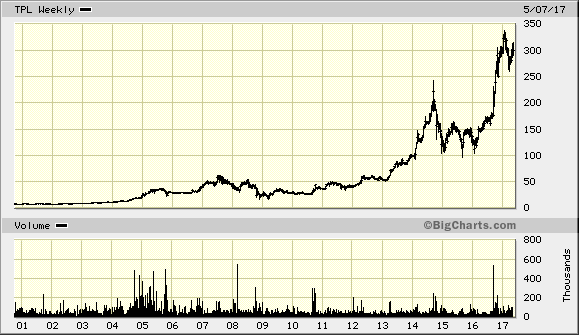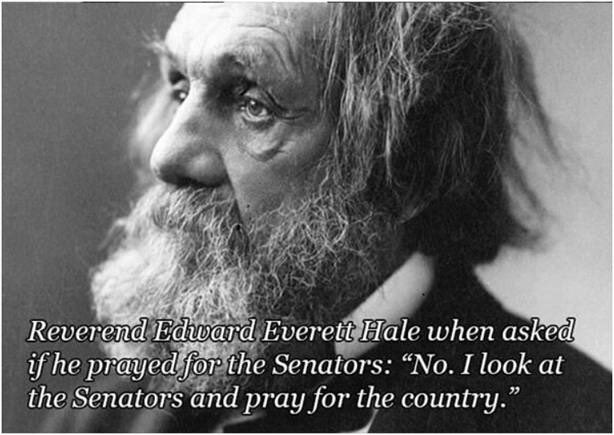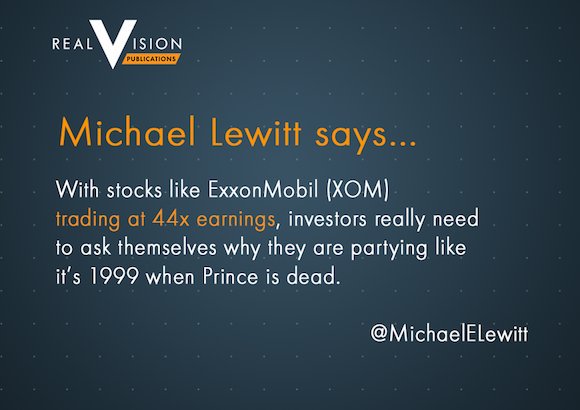Pitch the Perfect Investment, by two money managers who have also taught for many years at Columbia University’s Graduate Business School, can stop small caliber bullets or deflect a vicious sword blow with its heavy-gloss 496 color pages. Bad jokes aside, is the book worth the $30+ for its intended audience, young professionals seeking an investment career or can other readers gain investing insights?
FYI: I previously mentioned here Sept. 6th 2016, Pitch the Perfect Investment and Sept. 21, 2017 Pitch the Perfect Investment
Slide presentation:170926_Fordham_LC_final
The authors synthesized many academic publications for the reader to understand the subtleties behind concepts like the Wisdom of Crowds, market efficiency, behavioral finance, and risk into clearer language. This book with its colorful diagrams can help you grasp the theory of a discounted cash flow model or “DCF”; DCFs are used throughout the book because as the authors say, “all valuation is at the core a DCF, either explicitly or implicitly, whether they (analysts and portfolio managers) admit it or not.” Of course, it is a given that the young analyst can gain his or her own company and industry expertise so as to insert reasonable assumptions into the DCF model.
Investing is simple but not easy some say. This book provides the simple concepts in a colorful, insightful way, but you have to do the hard part—scratch out a variant perception while competing with many other professionals. Sobering.
The reader is taken through the basics of valuing an asset, a business, how to evaluate competitive advantage and value growth with simple examples (The Lemonade Stand). The authors drive home the importance of differentiating between nominal growth and profitable growth. Growth without competitive advantage earning a return above its cost of capital is useless or worse. Certainly, all investors must grasp those concepts. Every page is festooned with color cartoons, diagrams, tables and graphs. This is a visual text.
The most interesting part of the book for me was the Chapter 6, The Wisdom of Crowds. As Buffett says, “You must know two things as an investor: how to value a business, and how to think about prices.” If I can paraphrase correctly, the Wisdom of Crowds with an adequate amount of domain-specific knowledge and diverse views acting independently from each other on disseminated information will be a force to push price towards efficiency or intrinsic value. My respect for market efficiency and the person on the other side of the trade from me was reinforced. If you gain anything from this book, understand that earning an investment edge or variant perception is EXTREMELY difficult and rare. The authors may have intentionally driven home their point with their example of Cloverland Timber Company.
In their example, the analyst had the domain expertise to notice a line in the financial statement that the Cloverland was undercutting its forests, then satellite imagery was used to assess the quality of the asset and arrive at a more accurate valuation than the market’s current estimate. The information is available but not publicly disseminated. I wonder how many analysts/portfolio managers have the time, energy, money, or inclination to go this extra mile? If you are this able, then you deserve alpha. What are the implications?
If diverse individuals with independent thoughts are required to have the “Wisdom of Crowds” operate effectively, how will investment firms with their hordes of MBAs and CFAs all taught the same concepts, reading the same newspapers, magazine, research reports, and attending the same investment conferences arrive at non-consensus conclusions often–or ever?
The Wisdom of Crowds gives you an understanding of how prices are set under normal conditions when the forces of darkness and “Mr. Mayhem” (cartoon figure in the book using a magnet to pull prices away from market efficiency; he is the guy you need to spot quickly) are not strong enough to pull prices sufficiently away from intrinsic values. In other words, behavioral finance is complementary to efficient markets. One can then recognize when the Wisdom of Crowds becomes the Madness of Crowds. For an understanding of how prices are set by individuals in a free market, go to pages 79-185 in Man, Economy, and State by Murray Rothbard (Google: Man, Economy, and State.pdf) which has an analysis of how individuals set prices through direct exchange.
Another valuable chapter in the book is Chapter 9, How to Assess Risk. When investors confuse uncertainty (unknowns) with risk (losing money), then opportunity may appear.
Paul Sonkin, one of the authors, gives sobering advice to students who dream of becoming money managers. Page 151: “I’m not trying to discourage you from pursuing your dreams, but you should do it with your eyes open. Do it because you love analyzing companies, not to make a quick buck. And, if your goal is to outperform the market, keep in mind how difficult it has been in the past and the fact that it will only be more challenging in the future.” Those are true words. The investing profession may end up like acting. Only the crazy brave will pursue.
Once you have finished Section 1, The Perfect Investment, you then learn how to “Pitch” the Perfect Investment. Assuming you are diligent enough to acquire the information, assess risk, identify an actual mispricing, and know the catalyst, then convincing another of the merits of your investment should be the easy part. Unfortunately, too many do not provide a convincing case for the merits of their investment. An example, of a devastatingly compelling case: The truth shall set you free (liar, liar)
The authors lay out a framework below in this example:
Value or What Can I Make: Market price is $90 but the stock is worth $140—time horizon is less than 18 months.
Catalyst: Or Who else will figure this out: Activist with a good track record is pushing for a sale.
Mispricing: The activist did an independent appraisal which the market is unaware of showing a substantially higher value than the company appraisal. Also, the presence of the activist does not appear to be priced into the stock. The market is unaware of the activist or does not think he will be successful.
Downside: Limited. Timberland is a hard asset.
For another example of a forceful investment case with an implied catalyst: Other People’s Money Does Danny Devito provide a strong case? Does he show how much one can make, lose, what is the market missing, and the catalyst?
If you truly have a variant perception, then this is usually your reception: Michael Burry’s Variant Perception
And, only if you are right, and you make the decisions can you present this way: Michael Burry’s Investors If you read the book, The Big Short, ironically you know that Michael Burry was not making a macro bet, but on the impossibility of individual mortgage holders to make their mortgage payment when asset prices decline and/or interest rates reset higher.
An investment edge: There are only three ways to gain an edge
In summary, while I do not agree with the book-jacket blurb:
Mr. Nicholas Gallucio, CEO of Teton Advisors, who said, “In this era of hyper-competition on Wall Street ……even the smallest edge can make the difference between success and failure. Pitch the Perfect Investment will give the professional investor that edge.” I do believe the book is worth $30 for a beginning and intermediate investor who wants to refine their understanding of key investment concepts and to review how to make clear and convincing investment pitches. Even if an investor does not have a boss to pitch to, the investor should always write down a succinct investment case for each investment.
Remember, I’m biased. I’m a cheapie who went Dutch on his honeymoon, charged an entrance fee, and had a cash bar. Sure, I made a profit, but the divorce cost a fortune. Perhaps, I confused price with value.



